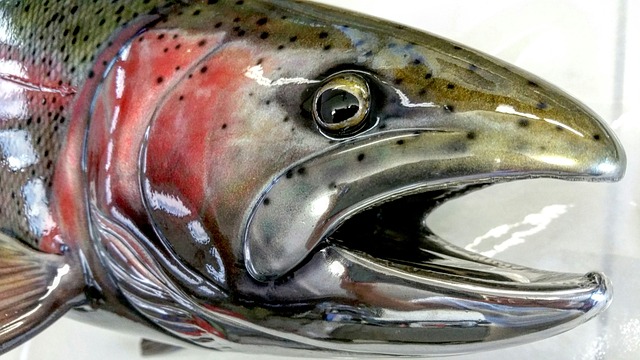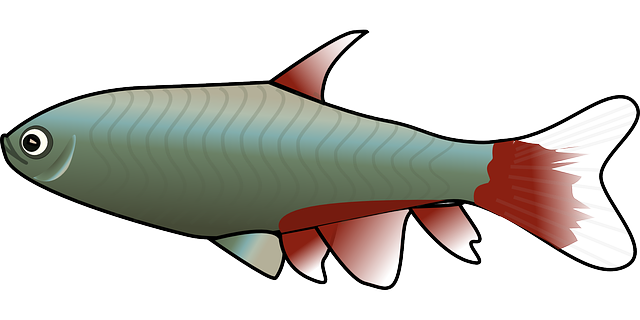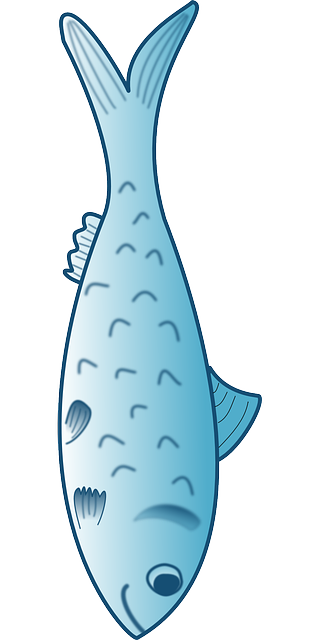When it comes to mastering the art of trout fishing, selecting the right flies is pivotal to your success. This guide offers trout fishing tips tailored for different conditions, ensuring you’re well-equipped whether casting a line in clear water river trout fishing scenarios or navigating the challenges of moving water. We’ll explore top flies for various situations, including essential dry flies for enticing trout to rise to the surface and nymphs that excel at different depths. Additionally, we’ll discuss streamer strategies for dynamic water conditions and seasonal transition tactics to adapt your fly choice throughout the year. By understanding trout behavior and the seasons, you’ll be able to catch more trout with confidence, regardless of the environmental factors at play.
- Understanding Trout Behavior and Seasons for Effective Fly Selection
- Top Flies for Clear Water River Trout Fishing
- Essential Dry Flies for Catching Trout on Top
- Nymphs for Depth: Maximizing Catches in Varied Conditions
- Streamer Strategies for Trout Fishing in Moving Water
- Seasonal Transition Tactics: Adapting Your Fly Choice Throughout the Year
Understanding Trout Behavior and Seasons for Effective Fly Selection

When targeting trout, especially during river trout fishing excursions, understanding the behavior of these species is paramount for effective fly selection. Trout are highly responsive to environmental cues and seasonal changes, which influence their feeding patterns. In spring, as waters warm, trout become more active and are often found in shallow, riffle areas where insect hatches are abundant. During this time, flies that mimic emergers or adult insects, such as mayflies and caddisflies, can be particularly effective. Anglers should focus on patterns like the Adams or Elk Hair Caddis to imitate these prevalent food sources. As summer progresses, trout fishing tips suggest shifting to terrestrial patterns like ants and beetles, which fall into the water as they navigate the river’s surface.
As autumn approaches and waters cool, trout begin their migration to deeper pools in preparation for winter. This is when larger, more realistic flies become more productive. Streamers like the Woolly Bugger or Zonker can entice cruising fish or those positioned in slower water columns. Anglers should also consider the water clarity and light conditions; trout are less active during low-light periods, making darker fly patterns more appealing. In late fall and throughout the winter, nymphs that imitate stoneflies and mayfly nymphs tend to yield successful catches as these aquatic insects remain active beneath the ice-cold surface. Understanding the trout’s seasonal behavior allows anglers to select the appropriate flies for river trout fishing, thereby increasing their chances of catching more trout. By aligning fly choices with the trout’s diet and activity levels throughout the year, even the most discerning fish can be enticed into taking the bait.
Top Flies for Clear Water River Trout Fishing
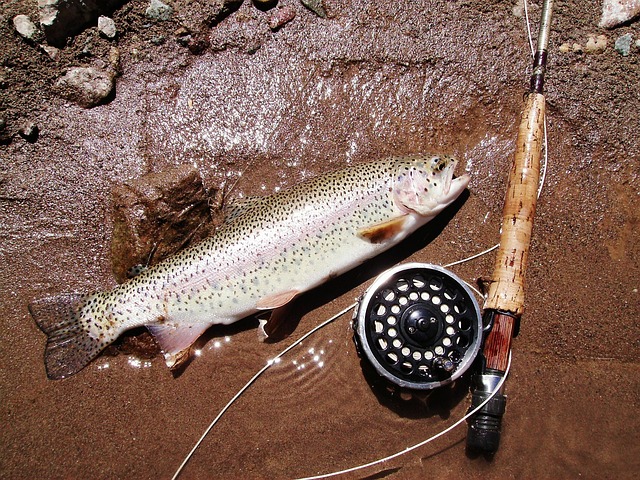
When targeting river trout in clear waters, the key to catching these wary fish lies in matching the hatch and maintaining a natural presentation. Trout fishing tips for such conditions emphasize the use of flies that mimic the most prevalent insects in the area. Dry fly enthusiasts often find success with patterns like the Adams or Elk Hair Caddis, as they effectively imitate mayflies, which are commonly found in clear river systems. These flies allow anglers to watch their drift and make adjustments on the fly for a more effective presentation.
For subsurface action, nymphs such as the Pheasant Tail Nymph or Hare’s Ear are excellent choices. They convincingly imitate mayfly and caddisfly nymphs, which trout frequently feed upon in clear waters. Streamer enthusiasts can also target larger trout with patterns like the Woolly Bugger or Zonker, especially during periods of lower water clarity when these predators are less likely to be spooked by a shadowy silhouette. Anglers should consider the water temperature and time of day, as trout fishing tips often suggest adjusting fly choices based on these factors for the best chances at a successful catch. River trout fishing in clear waters requires patience, stealth, and the right selection of flies to blend into the environment and entice a strike.
Essential Dry Flies for Catching Trout on Top
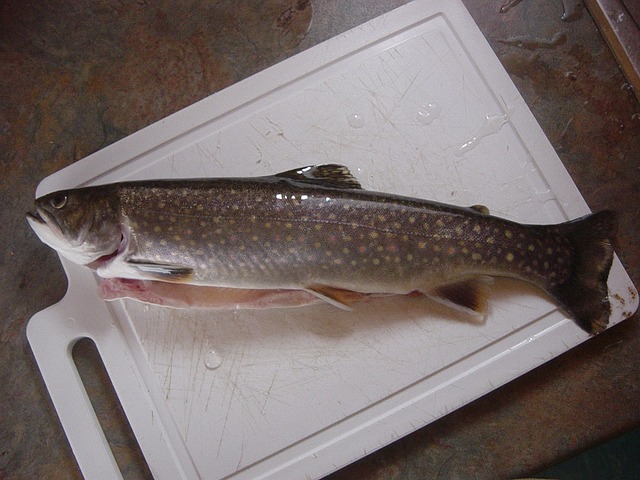
When targeting river trout fishing with dry flies, the key is to match the hatch and understand the local aquatic insect life cycle. Trout are opportunistic feeders and will rise to the surface for emerging insects. A popular choice among seasoned anglers for catching trout on top is the Adams dry fly. Its hackled wings and grey body mimic several mayfly species, making it versatile across various conditions. Another essential pattern is the Elk Hair Caddis, which is effective during hatches of caddisfly larvae and adults. Its larger profile ensures visibility against the backdrop of the river, making it a go-to option for anglers looking to spot rise forms on calm waters.
For those seeking trout fishing tips that focus on specific insect hatches, the Hare’s Ear nymph can serve as an excellent dry dropper setup. By attaching a nymph below the dry fly, you can target both rising fish and those holding beneath the surface film. The Parachute Adams, with its lighter body and more visible hackle, is ideal for high-light conditions or when trout are picky. It’s important to adapt your selection based on the time of day, season, and local insect populations to maximize your success in river trout fishing. Always remember to approach the river quietly and with patience; often, the best trout fishing tips come down to reading the water, understanding the insect activity, and presenting your flies with precision and finesse.
Nymphs for Depth: Maximizing Catches in Varied Conditions
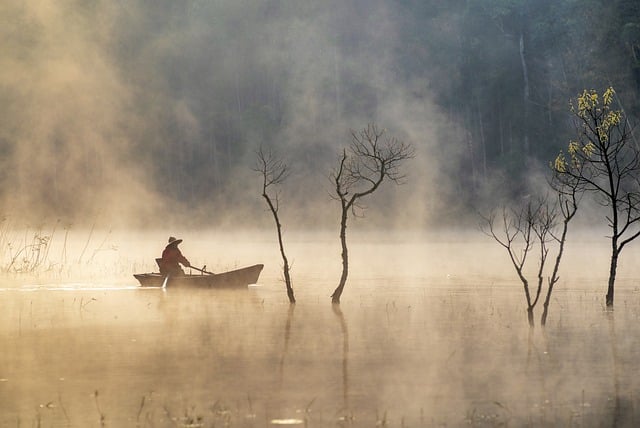
When targeting trout in riverine environments, understanding the depth at which trout reside is crucial for successful fishing. Trout often prefer to hold in different depths depending on water temperature, light conditions, and available food sources. Nymphs are an excellent choice for targeting these fish at varying depths, offering versatility that can lead to more catches throughout the day.
To effectively use nymphs for depth, anglers should consider the time of day and water clarity. During low-light conditions or overcast days, trout are more active and may be found closer to the surface. In such instances, using a floating line with a team of nymphs fished close to the surface can yield successful results. As the sun rises and light penetrates the water, trout tend to move to deeper, cooler waters to avoid predators and find optimal temperatures. Here, sinking leaders or full sink tip lines become advantageous, allowing the nymphs to reach the desired depth where the trout are holding. Utilizing split shot to weigh down the leader can help achieve the correct depth, ensuring that the nymphs drift naturally through these deeper lies. Trout fishing tips that emphasize observing the water’s nuances and adjusting your presentation accordingly will improve your chances of catching more river trout in varied conditions. Experiment with different nymph patterns, sizes, and depths to discover what the trout are keying on during specific times of the day, which is a fundamental aspect of catchings trout effectively.
Streamer Strategies for Trout Fishing in Moving Water
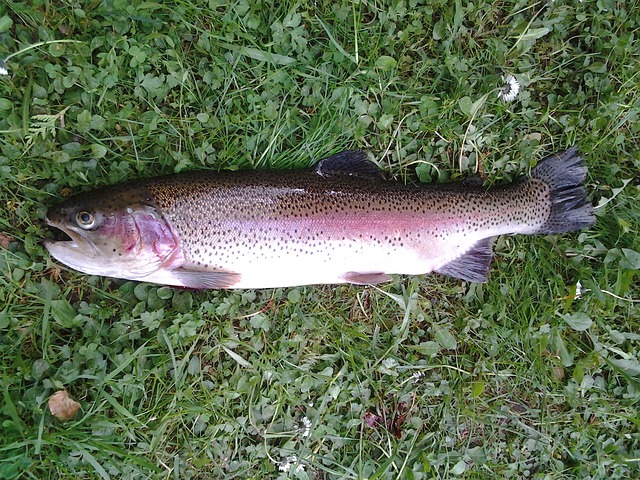
When targeting trout in moving water, streamer strategies play a pivotal role in an angler’s arsenal. Choosing the right fly is crucial for effectively mimicking the natural forage that trout prey upon. In rivers where trout are more active, larger streamers that resemble baitfish or small fish can be highly effective. These streamers should have a pronounced profile and vibrant colors to stand out against the flow. The motion of the fly as it drifts through the current should be natural, allowing it to swing across the river’s path, mimicking a wounded fish. Retrieving the streamer with deliberate twitches can also simulate a fleeing creature, often triggering an aggressive strike from trout. Anglers must consider the water’s flow and depth; streamers fished close to the bottom can be more effective in slower, deeper runs where trout lie in wait for food. Conversely, in faster riffles, a higher floating line may be necessary to keep the fly near the surface, as trout here feed on faster-moving prey. Trout fishing tips that emphasize the importance of leader length and fly selection based on water conditions and visibility can make all the difference. A longer leader helps with presentation, allowing for more subtle casts that avoid spooking wary fish. In low light or overcast conditions, trout are more inclined to feed, making this an optimal time for using streamers. By understanding the behavior of trout in moving water and employing the right streamer strategies, anglers can increase their chances of catching larger, healthier river trout.
Seasonal Transition Tactics: Adapting Your Fly Choice Throughout the Year
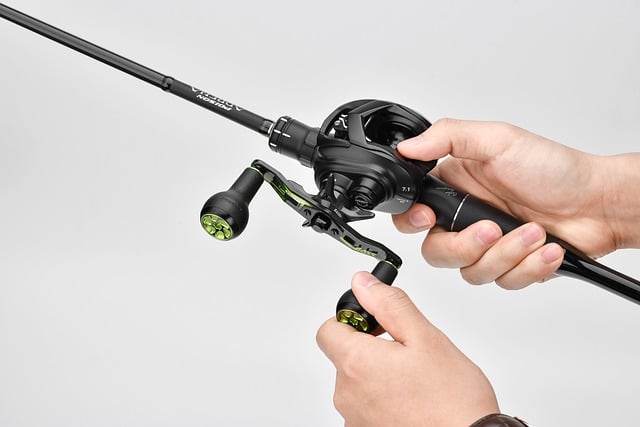
When targeting trout in riverine environments, adapting your fly selection to the seasonal transitions is key for success. As winter gives way to spring, trout become more active and less wary, making it an opportune time for anglers. During this period, larger nymphs such as stoneflies and mayfly nymphs are effective. Trout fishing tips for spring focus on slower presentations that mimic the emerging insects. As temperatures rise in early summer, trout move to shallower, cooler waters where they feed aggressively before the heat of mid-summer. Streamers in natural colors with rubber legs can simulate the aquatic life that trout prey upon during this time.
By mid-summer, trout often retreat to deeper, cooler pools to escape the warmth. Anglers should adjust their fly choices to match this behavior, opting for smaller, subtle patterns like elk hair caddis or PMD imitations for the surface activity that occurs at dawn and dusk. As fall approaches, trout prepare for winter, and their feeding windows narrow. Fishing smaller midges and baetis nymphs under an indicator can yield catches during this transition period. Throughout the year, river trout fishing strategies must be fluid, with anglers paying close attention to water temperature, insect hatches, and trout behavior to catch more fish. By aligning your fly selection with these environmental cues, you’ll increase your chances of a successful outing, no matter the season.
